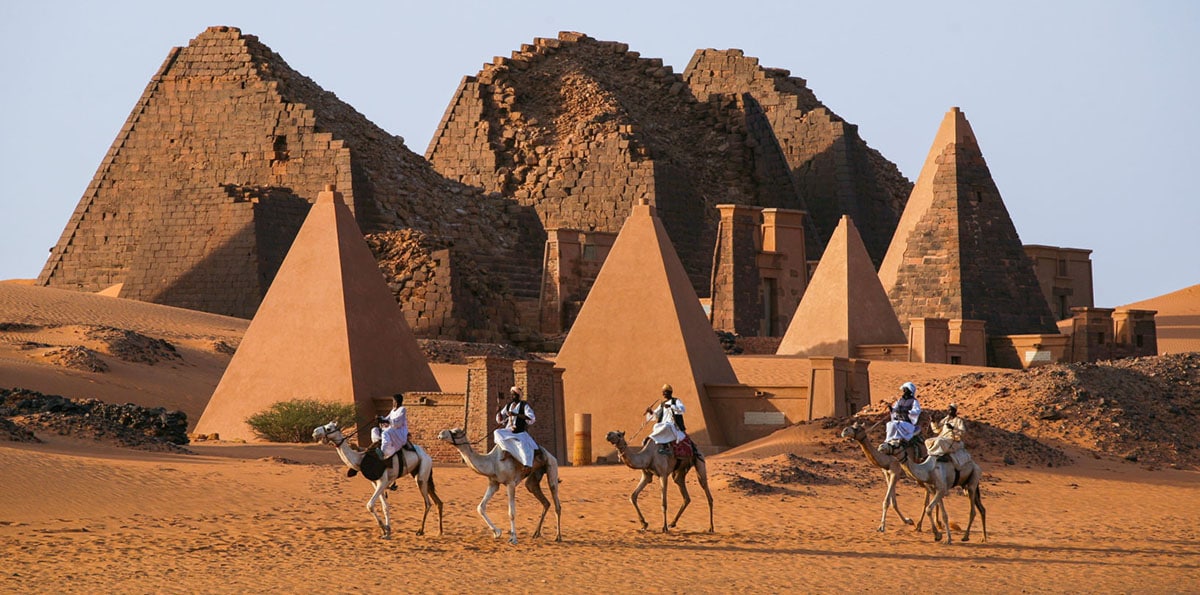
Sudan it is an African country of wonderful landscapes. It is not a tourist destination per seIt is more for adventurers and travelers without fear, but if you are in this group without a doubt Sudan is going to challenge you.
So today we are going to see what Sudan is like and what can we do in it, if we can get the visa and go through it.
Sudan

Africa it is such a rich continent that it has always been manipulated by European powers. These countries have armed and disarmed nations, united by force enemy peoples for centuries, promoted civil wars, coups and a long list of disasters that have not ended well for the continent in general.
Sudan it's an example. When the colonial countries divided Africa they shaped Sudan by including Muslim populations from the north with those of the south, little alike. Hence the civil war has been a constant for a long time, so in 2011 South Sudan became independent. Conflicts continued in the west and only last year ended a ten-year dictatorship.
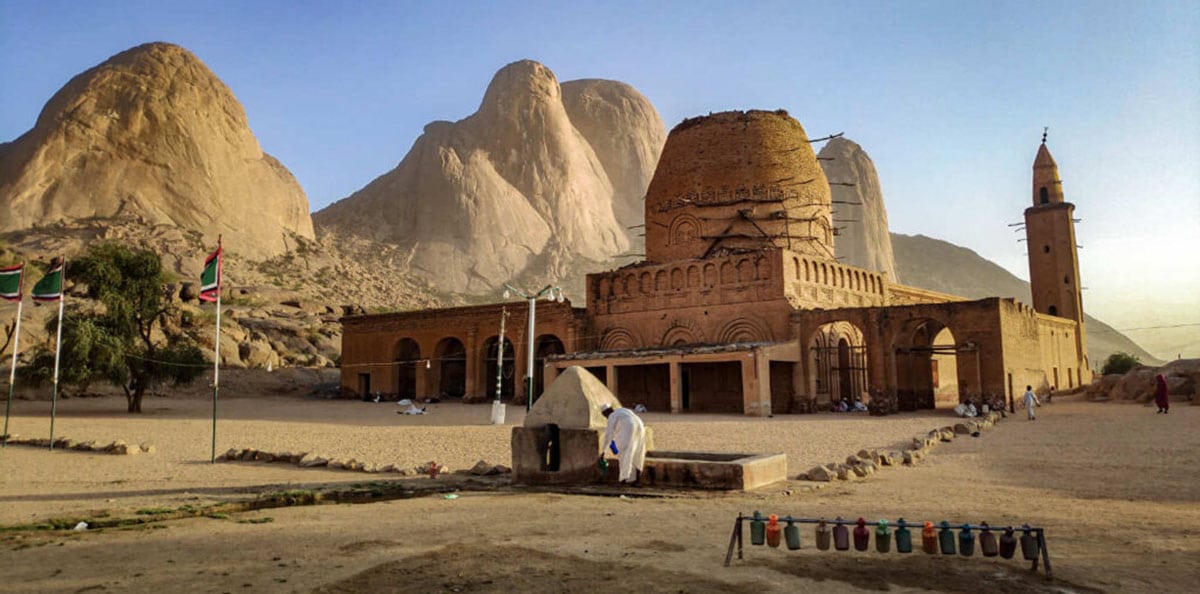
Like all africa Sudan has diverse landscapes, from mountains to savannas, passing through lectures. It also has an important cultural diversity and it must be remembered that it is the land of ancient kingdoms. Today It is divided into five regions: the center, Darfur, the east, Kurdufan and the north.
Central Sudan concentrates political, economic and cultural power since here is the capital Khartoum. The city is where the Blue Nile and the White Nile meet. It is a large city formed by the union of three cities that are divided by the Nile and its two arms. Khartoum is one of them, seat of the government, and its oldest part rests on the banks of the White Nile, while the newer neighborhoods are located to the south.
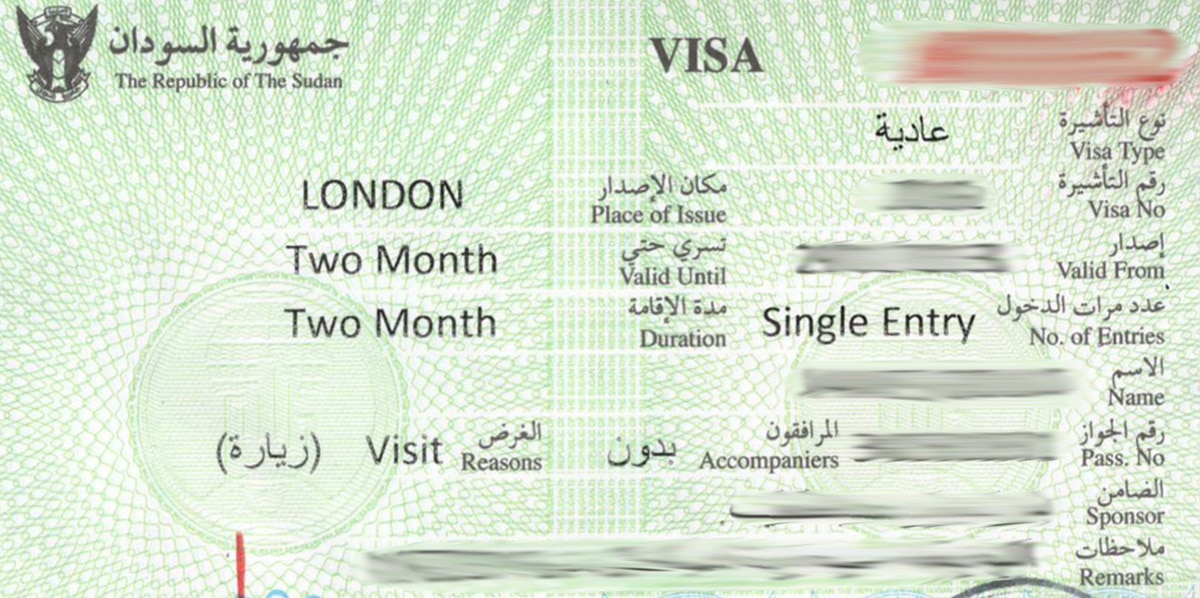
To visit Sudan you need a visa, so yes, you do have to go through the consulate or embassy to process it. If you obtain it and enter the country through Khartoum but plan to go further, you will have to register and process a special permit, as soon as you arrive. That is, within the next three days from your arrival you must register with the police, and you can do it directly at the airport to get rid of it.
To get to know and visit the capital you must use taxis, minibuses or motorcycle taxis. There are no taxi boats that link the cities and their neighborhoods on the river, only a ferry that connects Khartoum with Tuti Island, in the middle of the Blue Nile. Walking is difficult because there are three cities and together they are large. But what can you see in the capital? You can walk the Nile Street, on the bank of the Blue Nile, surrounded by colonial buildings, the National Museum, trees and lots of people walking around.
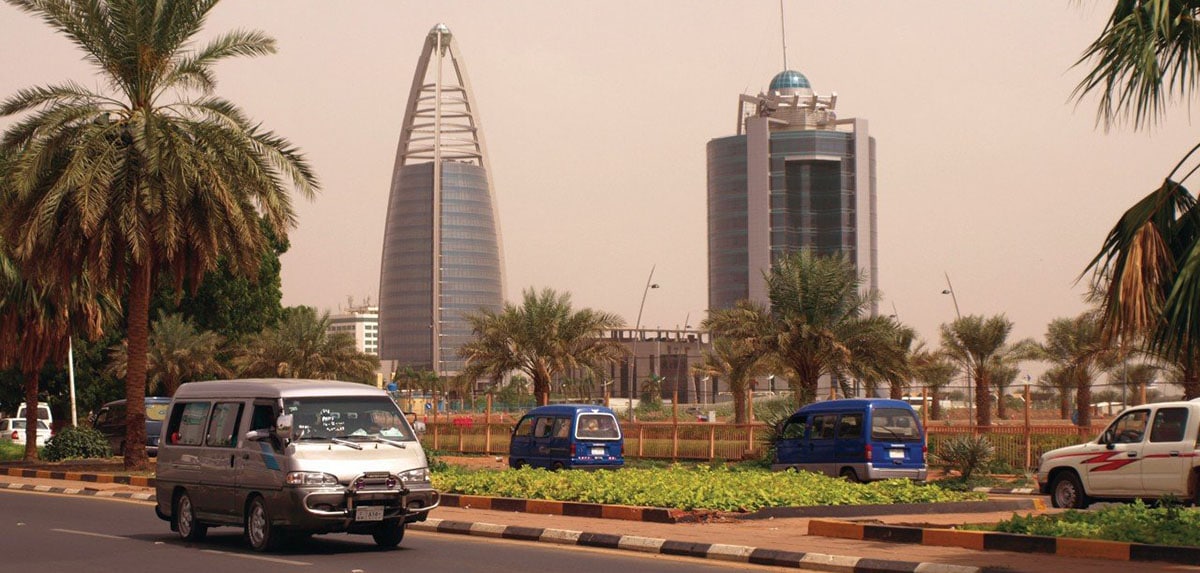
You also have to visit the Sudan Presidential Palace Museum, in the gardens of the Presidential Palace, the changing of the guard, a ceremony that takes place on the first Friday of each month, the confluence of the two Niles, called Al-Mogran, which can be seen from a metal bridge and according to what they say you can even distinguish the difference in color between the two (yes, no photos because who knows why it is prohibited), there is also the Al-Mogran Family Park, the market of Souq Arabi, huge, the Commonwealth War Cemetery, with 400 graves of British who died in the East African Campaign of 1940-41, although there are also from the XNUMXth century.
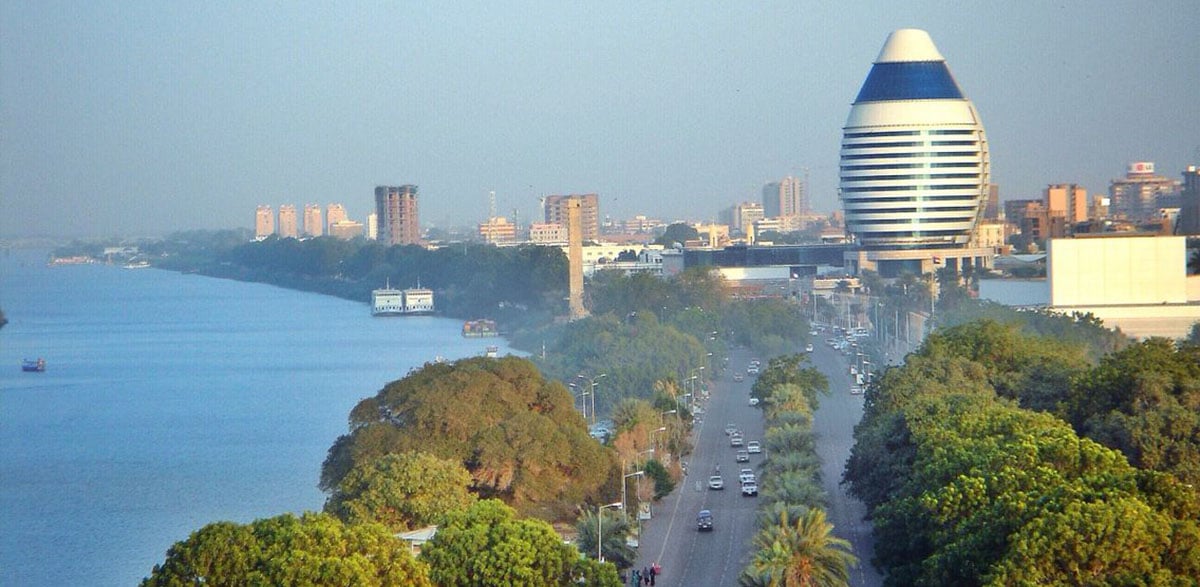
In the city of omdurman there is also a huge market, the Casa del Kalifa, now a museum and the Sufi dance ceremony, showy, very worthy of being photographed. Already in the northern area, Bahri, you can witness a fighting event, the Nuba Fight, and the Saad Gishra market. Otherwise in the late afternoon you can have tea on Nile avenue, there are many tea houses and cafes or dine out. Being a mostly Muslim country getting alcohol is difficult so most likely you will be a teetotaler during your stay.
Now, surely you did not think of Sudan just to know its capital. The truth is that civilization here takes thousands of years and has been the land of many kingdoms, the most powerful of which has been the Napata Kingdom, back in the XNUMXth century BC. the XNUMXth century AD and the Islamic kingdoms. Relics of these kingdoms are still visible today and there are many archaeological sites between the north and south of the country.
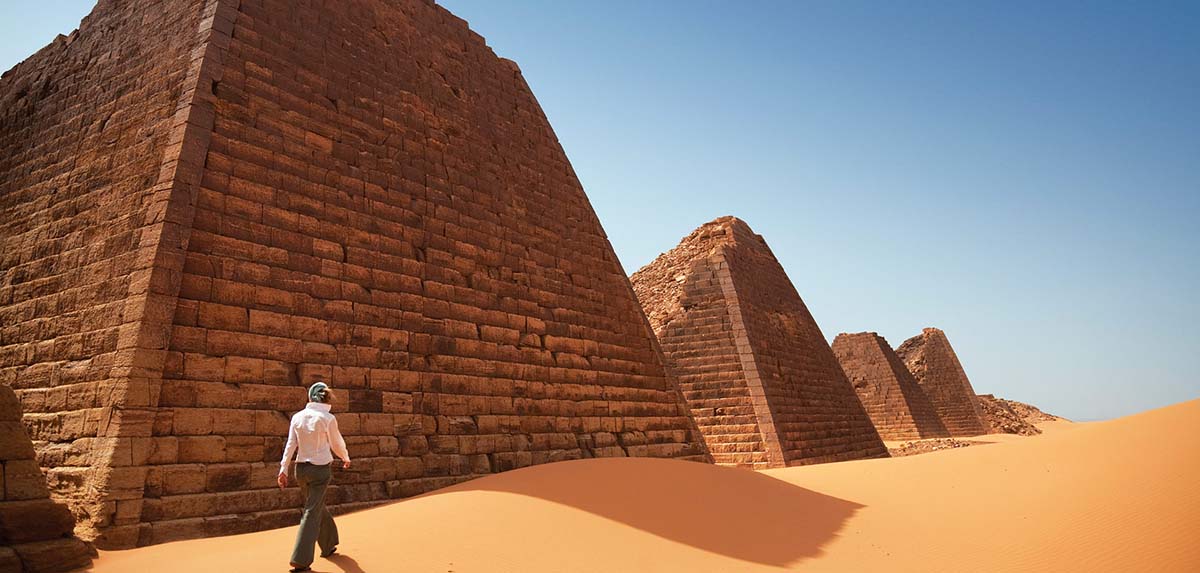
Let's see, between the tourist destinations what Sudan has is Say, an island that is south of the second cataract with temples, monuments and cemeteries from the early Stone Age and the Pharaonic period as well, until the arrival of the Ottoman Empire. Sadingah concentrates the pharaonic legacy although there is something of the Meroetic and Napatan kingdoms. soleb the same. On tombs Egyptian inscriptions have been found on rocks near the third cataract.
One of the most important archaeological sites in Sudan is Karma. There are huge buildings here and everything dates back to the third century BC. Tabo It is on Argo Island, south of the third cataract, and contains a Kushite temple and antiquities dating from the Meroetic and Christian periods. Kawa is like a mirror of Egypt in architectureis also Dongola, the capital of the Nubian Christian Kingdom, mayuria, with a mosque that used to be a church, palaces, cemeteries and old houses.
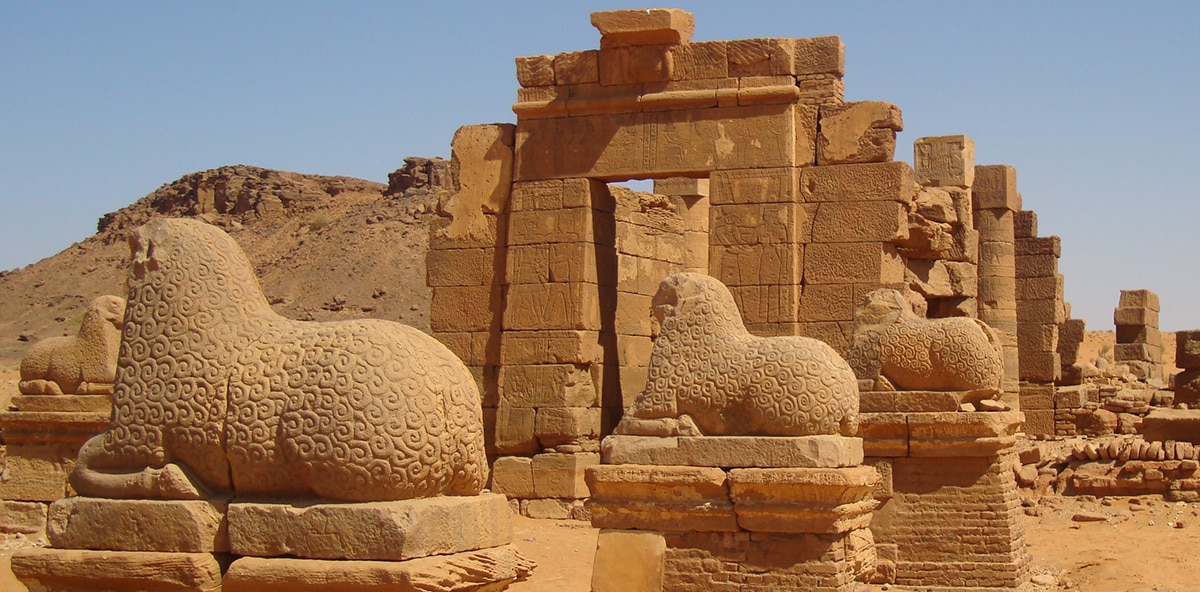
The religious capital of the Kingdom of Napata was Jebel Al - Barka and it's near the fourth waterfall. Here there is palaces, temples, pyramids and cemeteries from different eras between the Pharaonic, Napatan and Meroetic periods. The Nuri site contains pyramids and royal cemeteries from the Napatan dynasty. The Al-Kuru cemeteries They are very famous, with their ornate rocks belonging to the first Napatan kings.
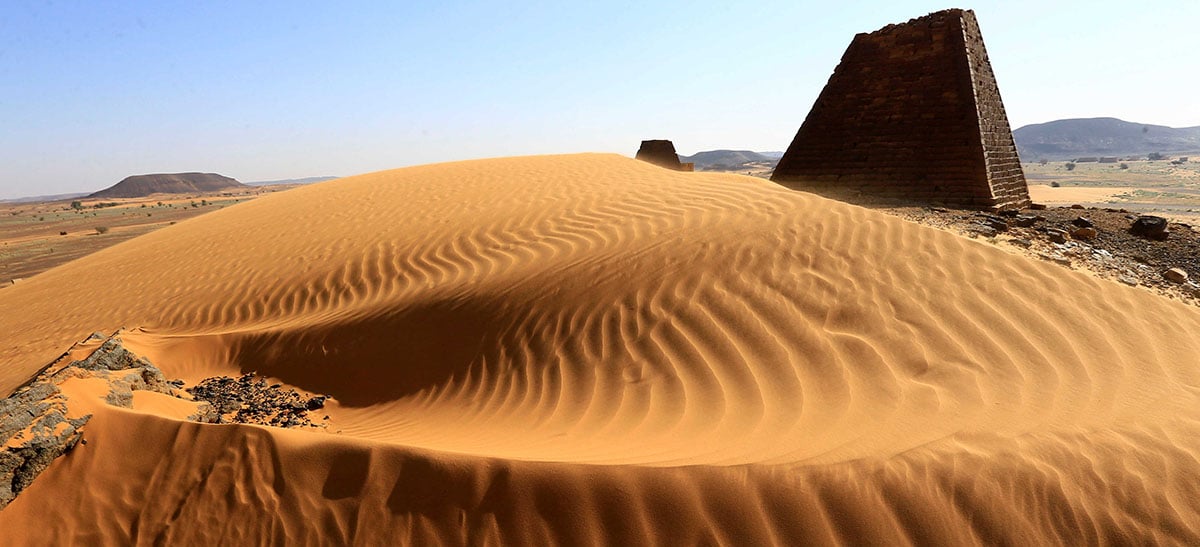
For his part, site of Al - Ghazali It is in an oasis in Bayoudah a few kilometers from the city of Merowe and contains relics from the Christian era. Merowe itself is the capital of the Kush kingdom so it has pyramids, temples and relics since it was a real city. A beautiful place to photograph is Musawarat Yellow, an area that was a religious center dating back to the Meroetic period and has inscribed temples and a huge limestone building.
Moving independently throughout Sudan is not easy And I do not know if it is not recommended either. The best is hire a tour Since visiting places in Africa that are not on the tourist map can be complicated and bring more problems than solutions. What's more, Sudan does not have a good infrastructure for the independent traveler. Even if you hire a tour, the agency can manage some of the isa for you, make the request for it to be delivered to you at the airport, for example.
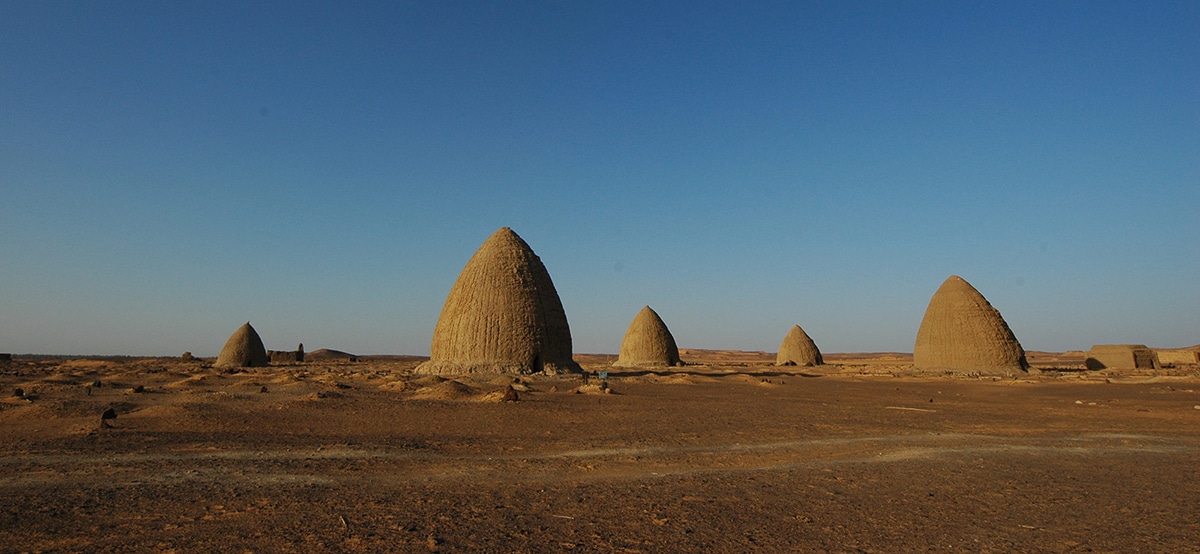
Un typical tour Starts at Khartoum and then continue to travel north, into the desert, towards the Old Dongola, halfway between the Sudanese capital and the Egyptian border. It is the heart of Christianity in Sudan. It is not uncommon for this place to be empty, even though it is so important, so it is overwhelming. The tour continues the next day at kush, Nubian land between the first and fourth waterfalls of the Nile. Headquarters of the old Kingdom of Kush here are the ruins of Kerma, a huge and beautiful archaeological site.
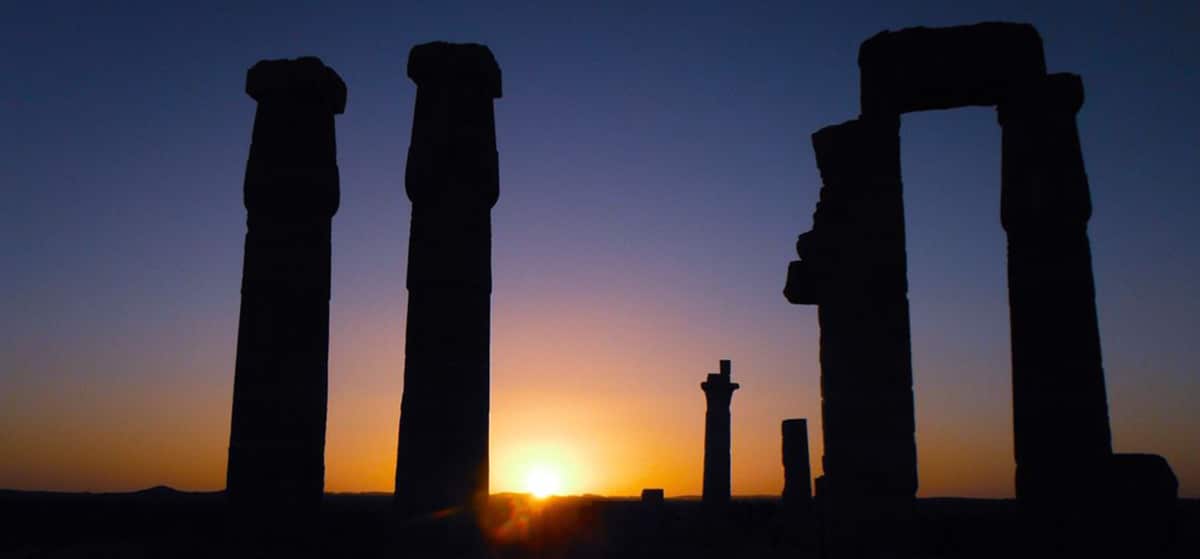
The tour continues to Wawa village to spend the night and visit the Temple of Soleb at dawn, walking along the bank of the Nile between palm trees, taking a small boat and making the way through fields sown with wheat until reaching the temple from where the sun filters through its columns. This temple was built by the pharaoh Amenotep III, the same one who founded the Temple of Luxor, and although it is more modest it is still beautiful and almost magical.
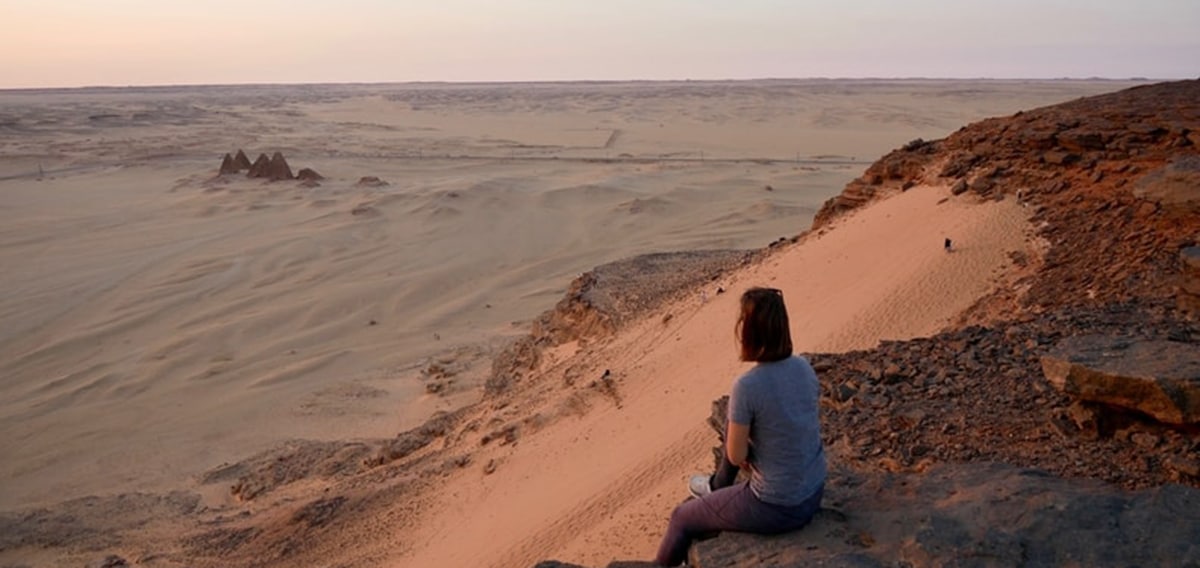
They are also the Pyramids of Nuri, visited on the third day of the typical tour, among dunes, built between the XNUMXth and XNUMXth centuries BC, the oldest in Old Nubia. It is followed on the same day by the visit sacred mountain of Jebel Barkal, with incredible views of the Nile, its pyramids and temples.
Since 2003 is World Heritage with all right. Finally, the tour continues and lets us know the pyramids of Meroe, 200 incredible structures of more than 2500 years, a magical place, the temple of Musawarat is Sufra with its rocks carved like animals and the Naqa Temple in the desert.
The truth is that as Sudan is not a tourist destination there is little literature about the country and its treasures, but if you are adventurous and you like to be a little alone among ruins, who does not, do not hesitate to organize an incredible trip to this amazing and historic country.